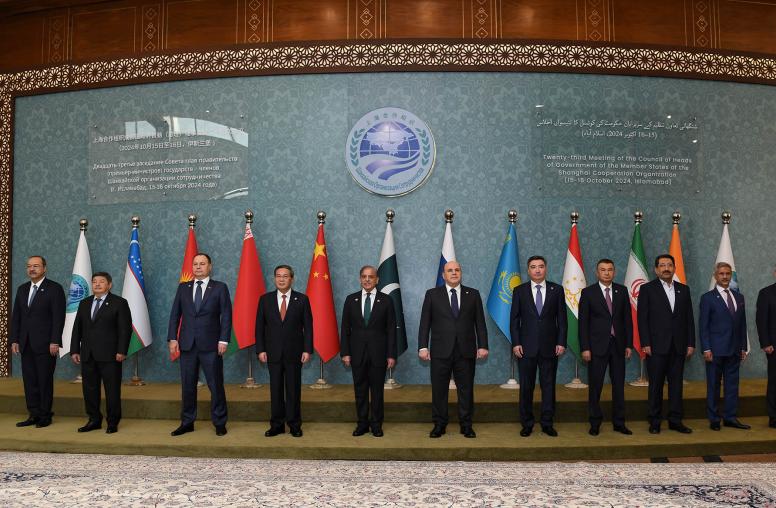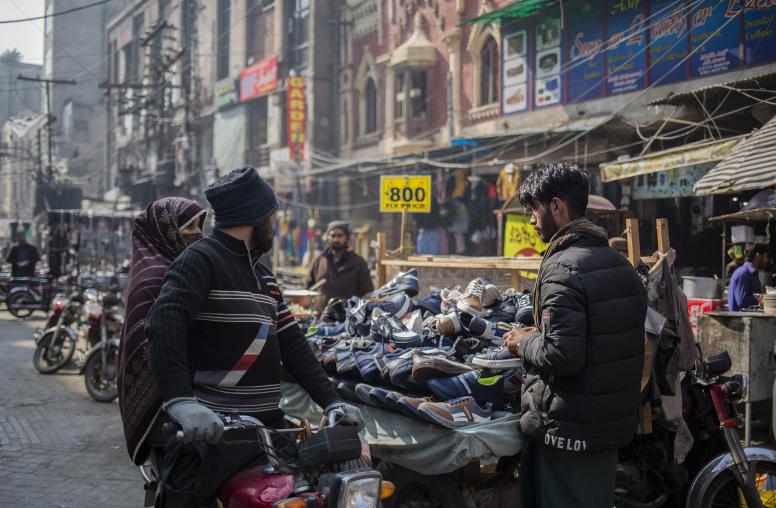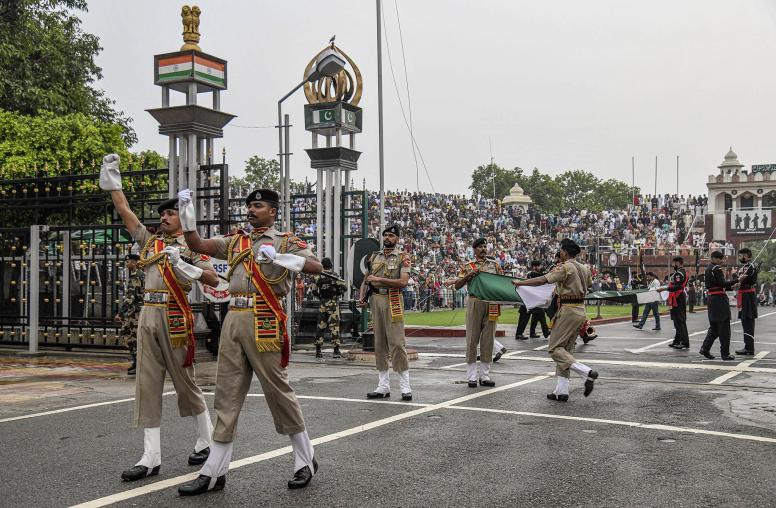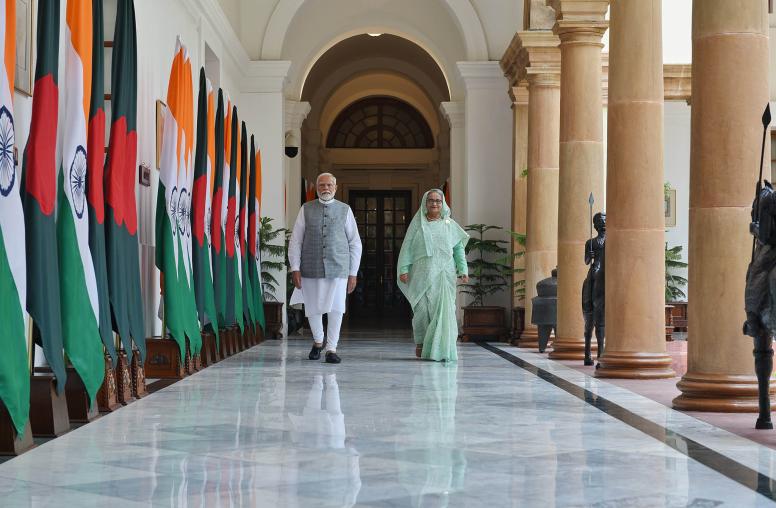Conflict Dynamics in Sindh
Pakistan’s southern province of Sindh has a reputation for stability, diversity, and tolerance. It is also at a tipping point—increasingly threatened by violent extremism, crime, political corruption, tribal feuds, and nationalist and separatist movements. If the province is not to become yet another base for militants, as areas to the north already are, the government needs to act promptly and decisively. Addressing the security situation in Sindh is also integral to stabilizing Karachi, which should be a top priority, given the economic ramifications of growing turbulence in the country’s financial capital.
Summary
- Sindh, Pakistan’s second largest province, is increasingly threatened by violent extremism, crime, tribal feuds, and nationalist and separatist movements.
- Ensuring stability in Sindh is key to tackling the security situation in Karachi and in preventing the spread into the province of violent extremist and sectarian groups based in southern Punjab.
- Extremist organizations are increasingly active in Sindh’s central and northern districts. Sectarian militant groups and the antistate Tehrik-e-Taliban Pakistan are consolidating their presence in the province in rural areas.
- The escalating activities of extremist groups are having an impact on the province’s pluralistic society. The failure to protect Sindh’s religious minorities is likely to strain India-Pakistan bilateral relations.
- Organized crime, particularly kidnapping for ransom rackets, is the greatest current security challenge in rural Sindh. Criminal gangs operate unchecked with the patronage of political parties and influential landowners, and the politicized police force do little to clamp down on criminal activities.
- Tribal feuds marked by tit-for-tat killings of rival tribe members are the prime driver of conflict and are fueling the spread of extremism as extremist groups exploit sectarian affiliations.
- Sindhi separatist groups are increasingly active but lack capacity and resources and are unlikely to develop into significant threats given that they are the main focus of law enforce-ment and intelligence agency crackdowns.
- Conflict in Sindh is exacerbated by systemic issues, including socioeconomic factors, an extreme urban-rural divide, poor governance, and a centuries-old feudal system.
- The government in Islamabad needs to ensure that the province does not become a new base for militants in the same way that FATA and southern Punjab are.
- Six issues are key to enhancing stability, both within the province and across the country: political representation for religious minorities, law enforcement, legal system capacity, education policies, government accountability and transparency, and job creation.
About the Report
This report, part of a broader series of work by the United States Institute of Peace (USIP) to map and study conflict dynamics across Pakistan, analyzes the southern province of Sindh, focusing on areas outside the major urban population center of Karachi. The report draws on research as well as interviews conducted by the authors between January and April 2014.
About the Authors
Huma Yusuf is a Global Fellow of the Woodrow Wilson International Center for Scholars in Washington, DC, and a writer for Pakistan’s Dawn newspaper and the International New York Times, among others. Previously a Karachi-based journalist, Yusuf won several awards for her reporting on subjects such as ethnic conflict, violent extremism, and flaws in state prosecution of rape cases, including the European Commission’s 2006 Prix Lorenzo Natali for Human Rights and Democracy Journalism. Syed Shoaib Hasan currently writes for the Wall Street Journal from Karachi, where he is based. Previously, he worked as BBC correspondent in both Karachi and Islamabad. Hasan has won national and international awards for his reporting on human rights and militancy, the economy, and regional politics in Pakistan.



